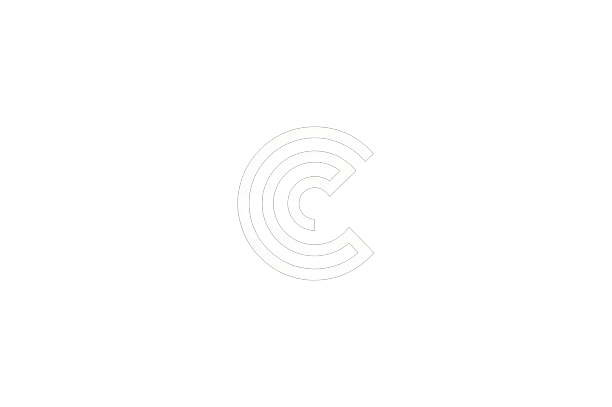Monday to Saturday - 8:00 -17:30

The financial landscape is evolving, and at the center of this evolution is DeFi (Decentralized Finance). DeFi represents a groundbreaking shift in the way we think about financial systems, moving away from centralized institutions like banks, governments, and traditional markets, toward a decentralized, transparent, and permissionless infrastructure powered by blockchain technology.
In this blog, we’ll dive deep into the world of DeFi, explaining what it is, how it works, and why it’s reshaping the financial ecosystem.
What Is DeFi?
DeFi stands for Decentralized Finance, a broad term used to describe financial applications built on blockchain technology—primarily Ethereum—that aim to recreate and improve upon traditional financial systems without intermediaries.
In traditional finance, banks and financial institutions act as the middlemen, controlling access to loans, trading, savings, and other financial services. With DeFi, these services can be provided directly on decentralized platforms, removing the need for third parties and giving users full control over their assets.
Key Components of DeFi
- Smart Contracts
At the heart of DeFi are smart contracts—self-executing contracts with the terms of the agreement written directly into code. These contracts automatically execute transactions when predefined conditions are met, removing the need for intermediaries. - Decentralized Applications (dApps)
DeFi platforms run on dApps, which are decentralized applications built on blockchain networks. These dApps provide a wide range of financial services, from lending and borrowing to trading and investing. - Stablecoins
Stablecoins are a crucial part of the DeFi ecosystem. They are cryptocurrencies pegged to stable assets like the US dollar or gold, providing a stable medium of exchange in an otherwise volatile crypto market. - Liquidity Pools
Users can lock their assets into liquidity pools, enabling other users to borrow or trade those assets. In return, liquidity providers earn a portion of the transaction fees or interest.
How Does DeFi Work?
DeFi operates on decentralized networks like Ethereum, utilizing smart contracts to automate and enforce financial agreements. Users interact with DeFi protocols through wallets such as MetaMask, which connect them to the blockchain without needing to provide personal information like traditional banks.
Unlike traditional finance, DeFi is permissionless, meaning anyone with an internet connection can access and use these platforms without restrictions. This opens the door for millions of people worldwide who are underserved by the current financial system to participate in the global economy.
Key DeFi Use Cases
- Lending and Borrowing
DeFi platforms like Aave and Compound allow users to lend their assets and earn interest, or borrow against their crypto holdings without going through credit checks. The process is automated by smart contracts, making it faster and more efficient than traditional loans. - Decentralized Exchanges (DEXs)
DEXs such as Uniswap and SushiSwap enable peer-to-peer trading of cryptocurrencies without the need for a central authority. These platforms use liquidity pools instead of order books, allowing for seamless trading. - Yield Farming
Yield farming, also known as liquidity mining, allows users to earn passive income by providing liquidity to DeFi protocols. In return, they receive rewards in the form of tokens or interest. - Staking
Some DeFi platforms offer staking, where users lock up their assets to support the network’s security and operations. In exchange, they earn rewards, often in the form of native tokens.
The Benefits of DeFi
- Accessibility: DeFi opens financial services to anyone with an internet connection, regardless of location or credit history.
- Transparency: Every transaction on DeFi platforms is recorded on a public ledger, making the system more transparent and auditable than traditional finance.
- Lower Fees: By cutting out intermediaries, DeFi platforms can offer lower fees and more efficient services.
- Full Control: Users have full control over their assets and can access them at any time without needing permission from a central authority.
The Challenges and Risks of DeFi
While DeFi offers many exciting opportunities, it also comes with risks:
- Security: Smart contracts are prone to bugs or vulnerabilities, which can lead to exploits or hacks.
- Volatility: The cryptocurrency market is highly volatile, and while DeFi platforms use stablecoins to mitigate risk, it’s still a major concern for users.
- Regulatory Uncertainty: The legal and regulatory status of DeFi is still unclear in many jurisdictions, and future regulations could impact the growth and accessibility of these platforms.
The Future of DeFi
DeFi is in its early stages, but it has already demonstrated immense potential to revolutionize the financial industry. As technology improves, and more users and institutions enter the space, DeFi could become a viable alternative to the traditional banking system. Its promise of transparency, inclusivity, and innovation makes it one of the most exciting developments in the world of finance.
With a global market cap in the billions and a growing number of users, DeFi is not just a trend—it’s a movement that’s redefining the way we handle money.
Conclusion
Decentralized Finance is more than just a buzzword—it’s the future of finance. By eliminating the need for intermediaries, empowering users, and offering innovative solutions, DeFi is paving the way for a more accessible and transparent financial system. Whether you’re a crypto enthusiast or a newcomer, understanding the rise of DeFi is essential as it continues to reshape the world of finance.
Stay tuned to CapCoinMarketCap.com for more insights, guides, and updates on DeFi and the cryptocurrency world.

 Bitcoin
Bitcoin  Tether
Tether  USDC
USDC  Wrapped SOL
Wrapped SOL